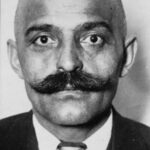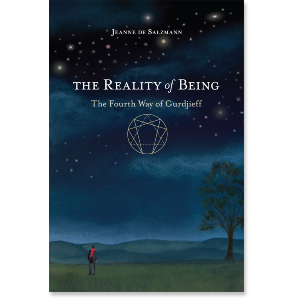$27.95 - Paperback

Gurdjieff respected traditional religions and practices concerned with spiritual transformation, and pointed out that their different approaches could be subsumed under one of three categories: the "way of the fakir," which centers on mastery of the physical body; the "way of the monk," based on faith and religious feeling; and the "way of the yogi," which concentrates on developing the mind. He presented his teaching as a "Fourth Way" that requires work on all three aspects at the same time. Instead of discipline, faith or meditation, this way calls for the awakening of another intelligence—knowing and understanding. His personal wish, he once said, was to live and teach so that there should be a new conception of God in the world, a change in the very meaning of the word.
The first demand on the Fourth Way is "know thyself," a principle that Gurdjieff reminded us is far more ancient than Socrates. Spiritual progress depends on understanding, which is determined by one’s level of being. Change in being is possible through conscious effort toward a quality of thinking and feeling that brings a new capacity to see and to love. Although he said his teaching could be called "esoteric Christianity," Gurdjieff noted that the true principles of Christianity were developed thousands of years before Jesus Christ. It could also be called "esoteric Buddhism," as later studies have discovered. In order to open to reality, to unity with everything in the universe, Gurdjieff called for living the wholeness of "Presence" in the experience of "I Am."
When Gurdjieff undertook to write All and Everything, his trilogy on the life of man, he envisioned the last book as the Third Series titled Life Is Real Only Then, When "I Am." His stated aim for this book was to bring the reader to a true vision of the "world existing in reality.” Gurdjieff began work on it in November 1934 but stopped writing six months later and never completed the book. Before his death in 1949, he entrusted his writings to Jeanne de Salzmann, his closest pupil, and charged her with doing “everything possible—even impossible—in order that what I brought will have an action.


